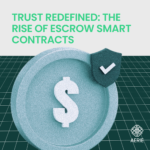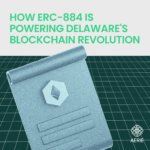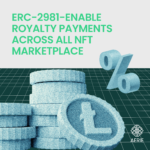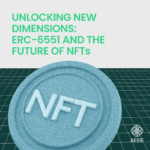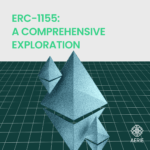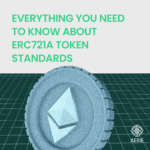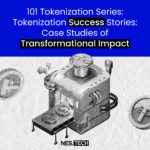“ChatGPT-4”: The Future of Artificial Intelligence
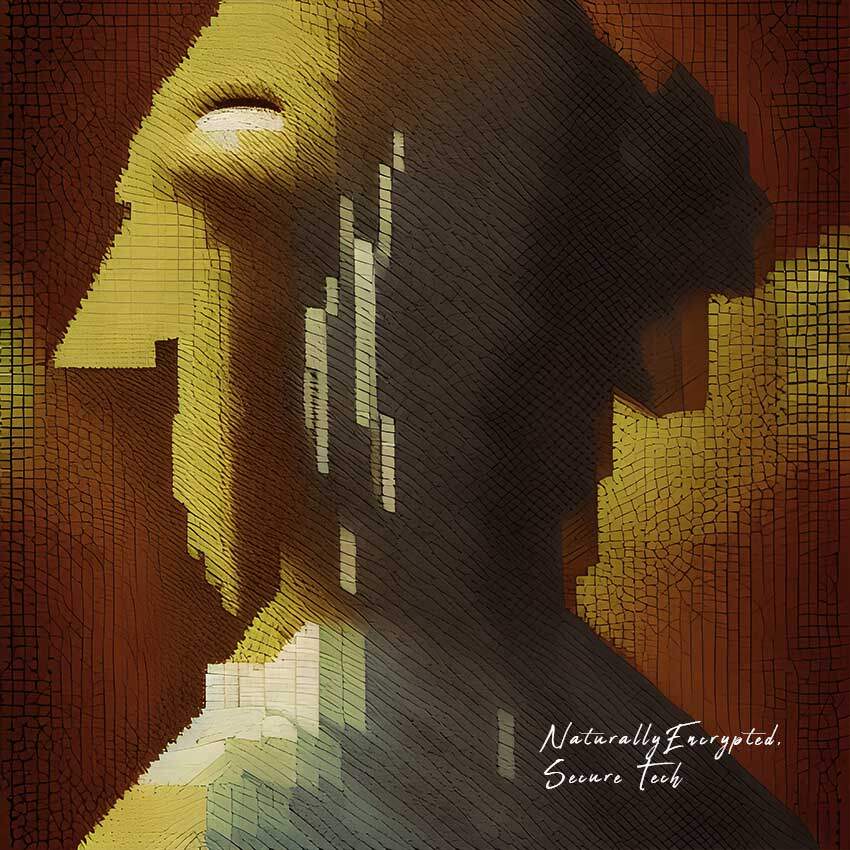
In 2023, the tech world was abuzz with excitement after the groundbreaking release of ChatGPT in November last year. This revolutionary AI language model quickly stole the spotlight, shifting the industry’s attention away from once-hot topics like blockchain and cryptocurrency, and towards the limitless possibilities of AI.
Like a whirlwind, a flurry of products, ideas, businesses, and even cryptocurrencies and Web3 projects centered around AI flooded the market, vying for attention, usage, and investments. The once-dominant blockchain technology seemed to pale in comparison to the sheer potential of AI, as their fundamental characteristics stood in stark contrast to each other.
Blockchain, with its decentralized nature, was worlds apart from the centralized realm of AI. The immutability of blockchain clashed with the rapid evolution of AI, which seemed to be constantly pushing the boundaries of what was thought possible. The transparency of blockchain was overshadowed by the inherent opacity of AI, with its complex algorithms and black box nature. Projects claiming to be related to or using AI in the past were deemed low in value, reflecting the limited interactivity between these two technologies.
However, with the arrival of ChatGPT-4 and the update of ChatGPT3.5, the landscape changed dramatically. The answer became clear — the older generation of AI was simply not strong enough to fully unlock the immense potential of this revolutionary technology. As the boundaries of what AI could achieve expanded exponentially, it became evident that AI was the new frontier, captivating the imagination of the tech industry and beyond, and leaving blockchain and other technologies in its wake.
What is ChatGPT-4?
The arrival of ChatGPT-4, the cutting-edge iteration of ChatGPT, heralded a new era of AI capabilities. With its unprecedented advancements, ChatGPT-4 surpassed its predecessor, ChatGPT-3.5, by leaps and bounds, boasting an astounding tenfold increase in sophistication.
The enhanced capabilities of ChatGPT-4 empowered the model with a deeper understanding of context and a keen ability to discern subtle nuances, resulting in responses that were not only accurate but also coherent and compelling. The model’s expanded repertoire now encompassed not only text but also images and videos, making it a versatile tool with boundless applications for marketers, businesses, and individuals alike.
But the impact of ChatGPT-4 didn’t stop there. Its improved AI prowess had far-reaching implications for technologies like blockchain and Web3. The fusion of GPT4’s advanced capabilities with the transformative power of Web3 resulted in a seamless synergy, propelling the decentralized web to new heights of innovation and impact.
Smart Contracts Audit
The earlier iterations of ChatGPT have already demonstrated their impressive ability to generate simple code based on human instructions, providing a unique advantage by describing the purpose of the code in natural language. But with the infusion of AI capabilities, the possibilities have expanded exponentially, making coding more accessible and comprehensible with minimal effort.
One area that stands to benefit greatly from this enhanced AI-powered coding assistance is smart contracts. These contracts are renowned for their immutability, a crucial feature that ensures the integrity and decentralization of the uploaded program. However, the downside is that once a smart contract with bugs is launched on the mainnet, it cannot be altered, leading to potential vulnerabilities and losses. Despite thorough audits, many attacks and losses in the blockchain space are caused by bugs in smart contract codes.
Enter ChatGPT-4, the latest upgrade in the ChatGPT lineage, equipped with even more advanced capabilities. With its heightened word processing abilities, ChatGPT-4 empowers developers to debug existing code more efficiently than ever before. The model can now meticulously review the complete source code and offer comprehensive feedback on necessary changes and suggestions in real-time. This invaluable assistance aids in the thorough auditing of smart contracts, identifying and rectifying potential bugs and vulnerabilities, while also providing insights into the strategies attackers may use to exploit funds or compromise the product.
The integration of ChatGPT-4 in the smart contract development process elevates the safety and security of these contracts to unprecedented levels, bolstering their adoption across various industries. The once daunting concern of security defects from bugs is now mitigated, as GPT4’s capabilities contribute to a more robust and trustworthy smart contract ecosystem. With GPT4’s cutting-edge AI-powered coding assistance, developers can code with confidence, knowing that their smart contracts are fortified against potential vulnerabilities and poised for success in the blockchain realm.
Fraud Detection
Fraud has become a pervasive challenge that poses a significant threat to the reputation of the industry. Scammers and attackers continue to exploit unsuspecting victims, siphoning off millions of dollars through fraudulent messages, phishing links, deceptive buttons, and other cunning tactics that trick users into unwittingly approving transactions that compromise their assets.
While there are currently some plugins and applications that attempt to screen fraudulent transactions by reviewing transaction requests, these processes are manual, relying heavily on users’ discipline, and often introduce additional steps that impact user experience. However, with the integration of AI into transaction processing, a new era of fraud detection has emerged, capable of identifying anomalies in the blockchain at an unprecedented scale. This revolutionary approach involves sifting through vast amounts of data and detecting unusual patterns that may indicate fraudulent activity.
For instance, consider a scenario where a user typically engages in dollar-cost averaging by making monthly investments. If suddenly, a transaction appears that exceeds the usual amount by tenfold, the AI-powered system would flag it as suspicious and potentially fraudulent. The user would then be promptly alerted with notifications and provided with explanations in human language by the AI, enabling them to take appropriate action. This elevated level of fraud protection goes beyond simply verifying transaction details and consequences but proactively prevents potential threats even when the user is not actively engaged.
Bridging Human and Machine Learning Tools
The complexity of technical knowledge has long been a significant barrier to widespread adoption of blockchain and cryptocurrency. Tasks such as opening a wallet, purchasing cryptocurrencies with fiat, minting NFTs, and transferring cryptocurrencies across different chains can be overwhelming for many eager users, causing them to hesitate or turn away from the technology.
Fortunately, AI has emerged as an unparalleled teacher, revolutionizing the way users learn about Web3. Gone are the days of tedious tutorials and mundane articles. Now, AI can provide step-by-step guidance and personalized advice based on individual progress and questions. Imagine a customer service or help system that surpasses pre-coded answers and generic recommendations, and instead responds like a human staff member, providing accurate and detailed explanations. This closes the gap between humans and technology, infusing warmth and humanity into the interactions with machines.
Even for experienced users, AI can optimize their Web3 experiences. Beyond the aforementioned fraud detection capabilities, the latest updates in GPT4 enable AI to analyze charts, empowering investors to better understand chart signs and identify patterns that can lead to more lucrative investment rewards. Moreover, on the wallet management front, a few simple commands to AI can streamline operational actions such as fund transfers and asset grouping, saving precious time and effort for users.
Interactive and Engaging Gaming and Metaverse
The evolution of any industry is often propelled by one or a few groundbreaking applications that captivate millions, or even billions, of users, propelling the industry into the mainstream. As AI continues to advance, it is now entering the adoption phase, with ChatGPT leading the charge in driving the widespread use of AI worldwide. However, it’s the intersection of AI with gaming and the metaverse that could be the next tipping point for cryptocurrency adoption, and the latest upgrade of GPT4 with enhanced linguistics and creativity may just be the catalyst needed to make it happen.
The enhanced capabilities of GPT4 are truly awe-inspiring. Not only can it recognize and respond sensitively to a user’s emotions, such as sadness or frustration, but it can also infuse interactions with a personal and genuine touch. This breakthrough has the potential to revolutionize the quality of player interactions within games and the metaverse. Interactions with in-game NPC (non-player characters) can now feel more natural and akin to human conversations, creating an immersive environment that draws users in. No longer constrained by pre-coded scripts and background settings, users can now engage with human-like NPCs who share their own stories, making the game experience truly unique and special.
The power of this enhanced immersion cannot be overstated. Just as smartphones have driven the era of Web2, AI has the potential to bring an even more immersive virtual world to us.
Final Thoughts
As we delve deeper into the topic, it becomes apparent that blockchain and AI initially appear to be at odds with each other in terms of their fundamental nature. While blockchain is decentralized, immutable, and transparent, AI is centralized, fast-evolving, and often opaque. However, upon closer examination, we discover that these seemingly conflicting technologies can actually complement each other in surprising ways, ushering in a new era of innovation and transformation.
One of the ways in which blockchain and AI can work harmoniously is through their relationship between transparency and opacity. Blockchain can serve as an incorruptible audit trail for AI training data, ensuring the integrity and authenticity of the data used for training AI models. This unique combination of transparency and immutability in blockchain can provide a robust foundation for the reliability and accuracy of AI systems, giving users greater trust and confidence in the outcomes generated by AI.
Furthermore, the ability of blockchain to facilitate smart contract code auditing is nothing short of astounding. The vulnerability of code defects has been a major concern in the crypto industry, leading to significant financial losses. However, with the integration of AI, such security issues can be effectively mitigated, as AI systems are capable of detecting and preventing code defects and bugs with unparalleled accuracy. This breakthrough has the potential to eliminate cyber attacks based on code vulnerabilities, paving the way for a more secure and trustworthy digital landscape.
In fact, we may be witnessing the convergence of two of the greatest technological inventions of our time — blockchain and AI — that have the power to reshape our way of life. With their combined strengths and synergies, they can bring about unprecedented advancements in various domains, from finance to healthcare, from supply chain management to governance. The possibilities are limitless, and we are on the cusp of a truly transformative era where blockchain and AI collaborate to revolutionize our world in unimaginable ways.

